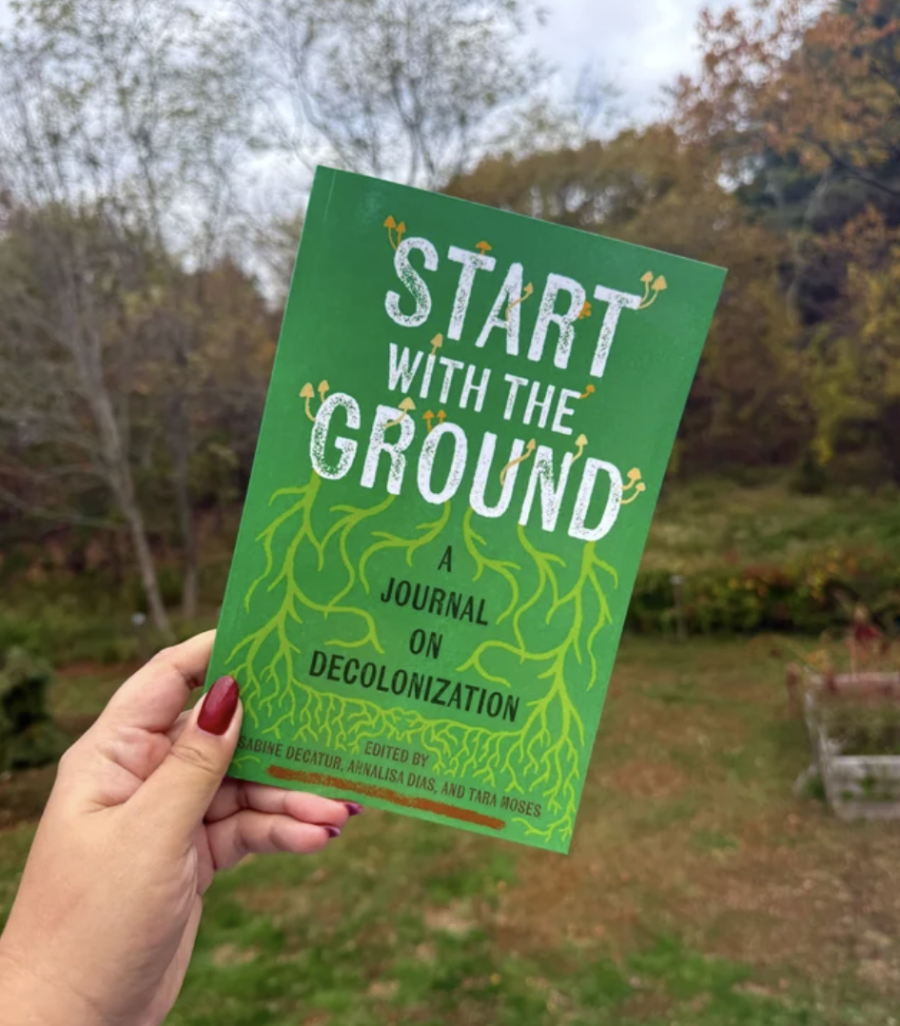Since 1990, when the federal government began to directly manage subsistence wildlife harvests on 200 million acres of federal lands in Alaska, divided management has imposed a heavy burden on traditional hunters in rural Alaska. Land ownership and jurisdiction patterns arbitrarily fragment natural ecological units, habitats, migration paths, and traditional village hunting areas. As a result, hunters are expected to follow two separate sets of hunting regulations while pursuing traditionally seamless activities arrayed across the landscape.
In spite of the practical complications of divided management and eight years of constant political controversy, there has been strong rural support for the federal program, particularly among Alaska Natives. Both the state and federal governments are resolute to find a solution which reunifies subsistence management under state auspices. However, as Secretary Babbitt said to DePartment of Interior employees during a July 1997 visit, the government is prepared to implement the subsistence protection with dedication, with professionalism, and without apology. The federal subsistence program has not adopted a mere `caretaker' posture. Instead, several important innovations have become influential, even in the governor's proposed solutions to the subsistence impasse.
The paramount achievement is the development of incisive and vigorous regional advisory councils made up of knowledgeable subsistence users. A 1980 statute established the regional councils and ensured that their recommendations would be entitled to serious consideration. Specifically, the statute cites only three reasons why a regional council recommendation can be rejected: lack of substantial evidence, violation of recognized principles of wildlife management, or harm to subsistence users. During the 1980s, however, the state was unable to provide consistent funding to the regional council program and this potentially influential structure languished.
Based on a formal review of the state advisory system, the federal subsistence program established ten new federal regional councils in 1992. The initial appointments in 1993 included well-known elders and rural leaders, many with extensive experience in regional resource issues. Since then, appointees have included current and former members of the Alaska Board of Game and the North Pacific Fisheries Management Council. Six regional coordinators were chosen to serve these councils as administrative liaison staff. These coordinators have been widely experienced in subsistence activity and resource decision making, most have been Alaskan natives, and several are bilingual. Effective communication with local people is vastly strengthened by the direct involvement of this knowledgeable and diverse staff. For elders in the Yup'ik speaking regions of southwestern Alaska and the Inupiaq regions in the north, translation is provided throughout the council meetings. When elders assertively conduct their deliberations in Yup'ik or Inupiaq, translation is offered into English.
A wildlife biologist and an anthropologist are included on the support staff and organized as an interdisciplinary team with the coordinator. The team meets throughout the year with the councils, to build a shared understanding of regional resource dynamics and the cultural elements of subsistence. All technical, biological, and ethnographic information presented to the Federal Subsistence Board is first reviewed at length with the regional councils. Insights and public testimony about traditional uses and local observations of resource dynamics are integrated into the technical analysis.
During the five years in which the regional councils have advised the Board on regulatory changes needed to protect subsistence, their recommendations have been adopted into regulation in more than 90% of cases. Harvest allocations have been adjusted; sometimes increased to provide greater opportunity, and sometimes reduced as wildlife populations have fluctuated. New, more flexible regulations have been adopted to respect cultural rules in brown bear harvests and to allow elders to designate someone to hunt on their behalf.
As enormous effort is focused on retaining the federal statutory protections while re-establishing unified state management, it is important to preserve the significant progress in consensus building which has emerged between the Federal Subsistence Board and the ten regional councils. This was what Congress intended in calling for an administrative structure that provided rural residents with a meaningful voice in managing the subsistence harvests which remain the center of village life.
Article copyright Cultural Survival, Inc.



